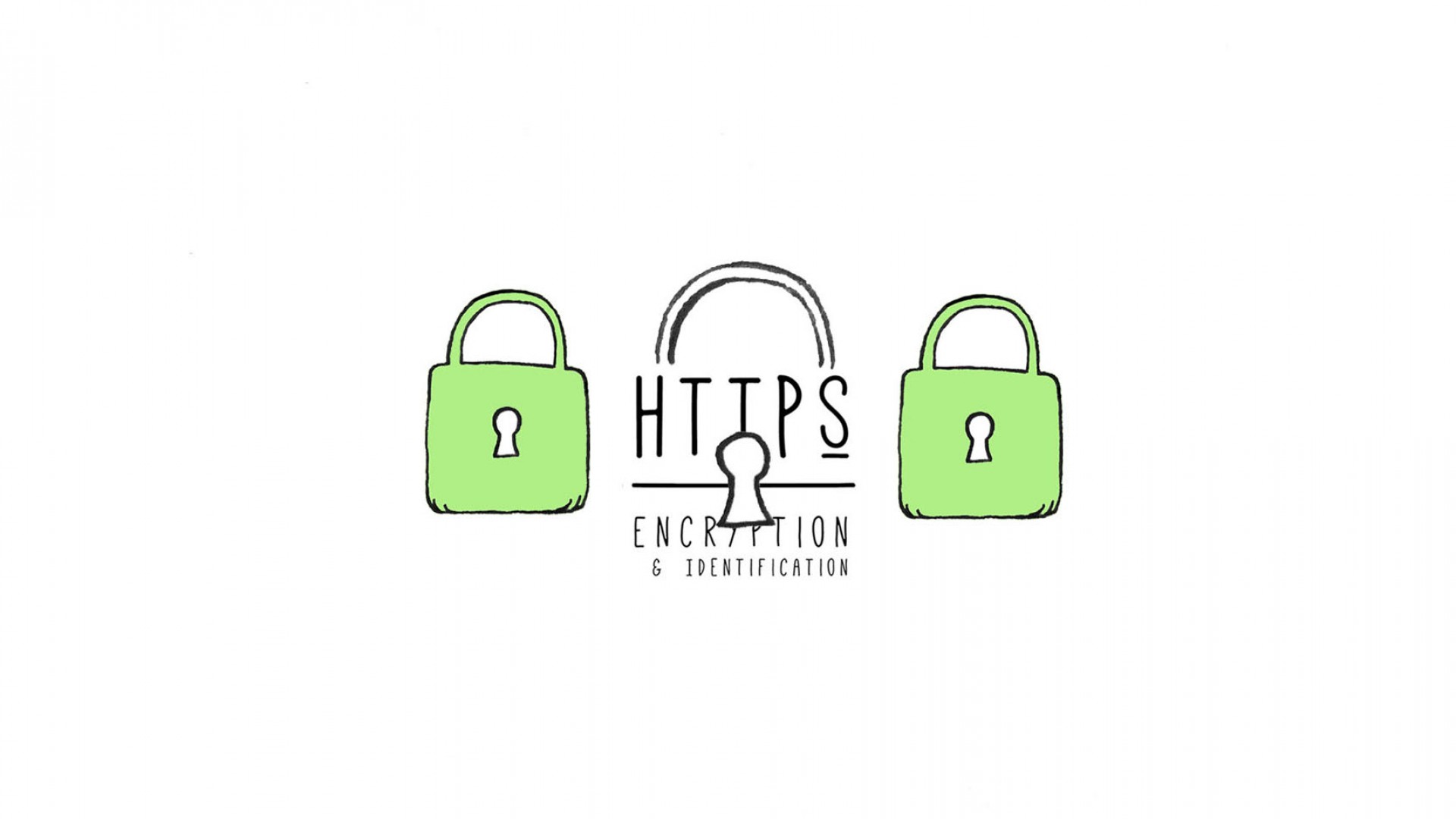Writing for the Web: Essential Guidelines
Writing for the web is different from writing for print. By following these guidelines, you’ll create web content that respects your readers’ time, builds trust, and communicates effectively.

Writing for the web is different from writing for print. Online readers scan quickly, expect immediate clarity, and want control over how deeply they dive into content. To meet those expectations, here are key principles to follow.
Prioritize Clarity and Brevity
Be Succinct
Write no more than 50% of the text you would use in a print publication.
Why: Online readers skim; long blocks of text cause them to disengage.
Example:
- Print: “Our organization has been in operation for more than 25 years, and over this period, we have consistently worked to provide the highest quality of services to our customers.”
- Web: “We’ve delivered quality service for 25+ years.”
One Idea per Paragraph
Keep paragraphs short, each covering a single idea.
Why: Scannable chunks help readers find what they need faster.
Example: Instead of a 200-word block describing services, use separate short paragraphs for each service.
Structure for Scannability
Use Headings and Lists
Avoid long, continuous blocks of text. Use headings, bullet lists, bold, and italics.
Why: Headings and formatting guide the eye and allow readers to “scan and land.”
Example:
Instead of:
“We offer consulting, training, audits, and implementation services.”
Use:
- Consulting
- Training
- Audits
- Implementation
Inverted Pyramid Style
Place the most important information first. Get to the point quickly—start with the conclusion, then add details.
Why: Readers often leave a page within seconds; the key message must be visible immediately.
Example:
- Top of page: “Sign up now to save 20%.”
- Later: “The discount applies to new members who register before October 31.”
Organize with Hypertext and Sub-Pages
Break Up Long Content
Use hyperlinks and sub-pages to divide lengthy information.
Why: Allows readers to control depth—scanning the overview or drilling down into details.
Example: A university’s admissions page may link to separate pages for “Application Requirements,” “Deadlines,” and “Financial Aid.”
Use the Right Tone and Language
Avoid “Marketese”
Eliminate overly promotional, vague, or exaggerated language.
Why: Users distrust content that feels like marketing fluff.
Example:
- Marketese: “Our world-class, cutting-edge platform revolutionizes productivity.”
- Better: “Our platform helps teams complete projects 30% faster.”
Standard Language First
Use common, widely recognized terms before introducing branded or proprietary language.
Why: Readers search using standard terms; unusual jargon or brand-speak reduces clarity.
Example: Instead of “QuickPay360™,” first explain “online bill payment.”
Authentic Voice
Use a matter-of-fact, genuine tone. Be formal when needed, otherwise stay conversational.
Why: Builds trust and readability.
Example:
- Too flowery: “Our passion for excellence compels us to innovate relentlessly.”
- Authentic: “We focus on simple solutions that work.”
Key Takeaways
- Keep it short. Online readers don’t tolerate long-winded copy.
- Make it scannable. Use formatting and structure.
- Front-load the message. Inverted pyramid saves time.
- Guide with links. Let users choose their depth of detail.
- Stay real. Avoid hype, jargon, and fluff.
By following these guidelines, you’ll create web content that respects your readers’ time, builds trust, and communicates effectively.






